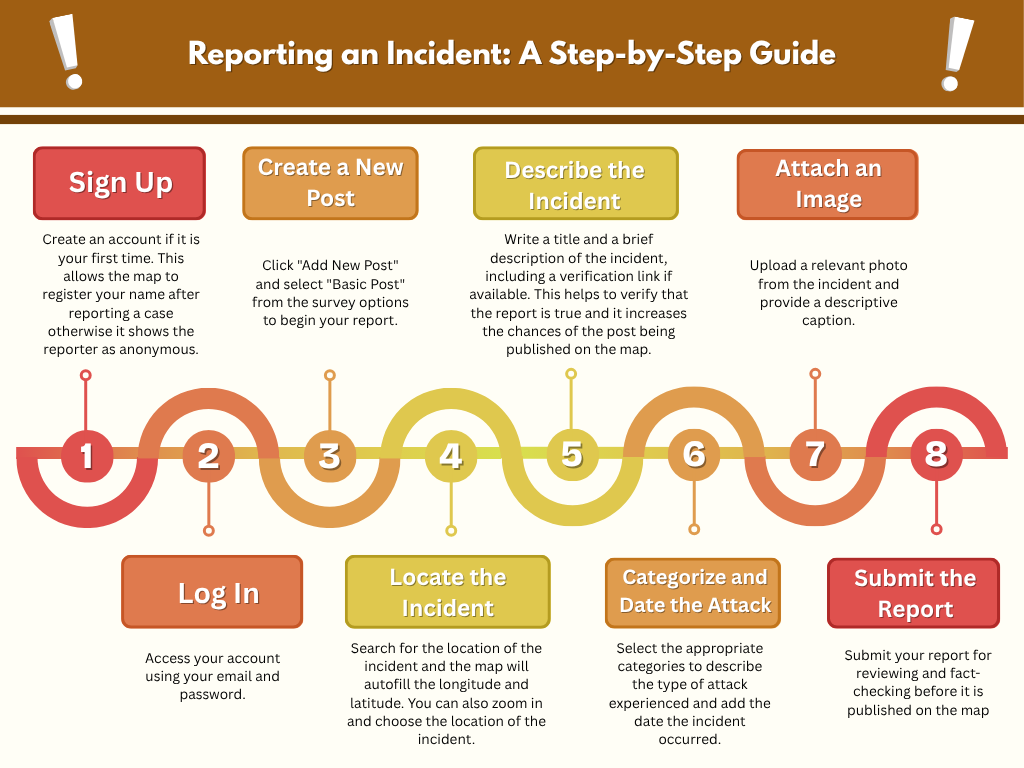By Lucy Kilalo
Technology is reshaping the way stories are told, shared and distributed calling for the media industry to be more creative and innovative to remain afloat, a new report has shown.
While the industry continues to evolve, media professionals must stay agile, ethical, and informed, embracing new tools while ensuring that their work remains grounded in the values that uphold the integrity of journalism.
The study shows, that technology is the key to unlocking new possibilities, and is the backbone that drives creativity, efficiency, and innovation in the media industry.
Whether it is hardware or software, technology plays a pivotal role in shaping how journalists report news, how stories are shared, and how media companies adapt to changing demands.
These were among the findings of a report titled “The Extent to Which Women in Mainstream Media have embraced Use of Technology” that was commissioned by the International Association of Women in Radio and Television (IAWRT) and Association of Progressive Communication (APC).
The report shows that the media industry relies on a vast range of technology to keep things running smoothly. Some of the most common hardware tools include: computers, smartphones and drones, Yolo Box Live Kit, wearables (earphones and lapel mics) among others that help journalists to stay connected, capture real- time footage, making it easier to go live from anywhere in the world.
Smartphones are also tools of trade for journalists that have become indispensable in the modern newsroom, enabling journalists to stay productive no matter where they are.
The report, notes, that while hardware tools are the foundation, it is the software that truly brings the media industry into the 21st century. Editing software, collaboration tools, and social media platforms are just a few examples of how technology is streamlining content creation and distribution.
The report also shows that the integration of Artificial Intelligence (AI) into content creation is one of the major advancements in most media houses.
The study shows that some media houses have begun utilizing AI to generate social media posts, automate certain editing processes, and even personalize content for specific audiences.
However, as with any powerful tool, most media houses are aware that they need to put guidelines in place on how the new technologies are integrated in their daily work.
In addition to AI, cloud computing has also revolutionized how media companies store and manage content.
Some of the key informants in the study indicate that gone are the days when a hard drive crash could mean the loss of hours or days of work.
“With the technology world, you can also save your work. Previously if a computer in which you had saved your recorded content crashed, you had no backup. But nowadays you can have a backup of whatever information that you had. For example, if it was played on air and was stored on cloud servers, you have a reference of it,” notes one of the key informants in the study.
Cloud storage has proven to be a game changer for data protection in the media industry. Before the rise of cloud technology, losing a computer or having a system failure often meant the irreversible loss of content. With cloud computing, media professionals can back up everything—from recorded interviews to broadcast content—on secure cloud servers. This means that even if the worst happens, the data can be restored with minimal hassle.
Cloud storage also enables better collaboration among team members. Journalists working across different locations can access and edit content in real-time, ensuring faster turnaround times and more efficient workflows. In an industry where timing is everything, this is crucial for staying competitive and relevant.
The study highlights that the role of technology in the media is only going to grow as new advancements emerge. Real-time collaboration across time zones, and instant global distribution of news—is now a reality. Media companies are increasingly using these tools not just for efficiency, but to enhance the quality and impact of their work.
The technological advancements also shows how social media platforms have been embraced for storytelling. Tools like Twitter, Instagram, and TikTok allow journalists to reach vast audiences instantly, democratizing the flow of information and giving voices to stories that might have otherwise gone unheard.
The ability to measure audience engagement in real time with analytics tools gives media companies valuable insights into what works and what doesn’t, allowing them to refine their strategies spontaneously.
However, though the rapid advancement of technology has revolutionized how the media industry works, it has its challenges, which call for greater responsibility amongst all players.
Ethical considerations are more important than ever, especially with the rise of AI and content automation. Media outlets must ensure they maintain transparency, avoid misinformation, and protect their audience’s trust and uphold the integrity of journalism while embracing these new technologies, the study shows.




